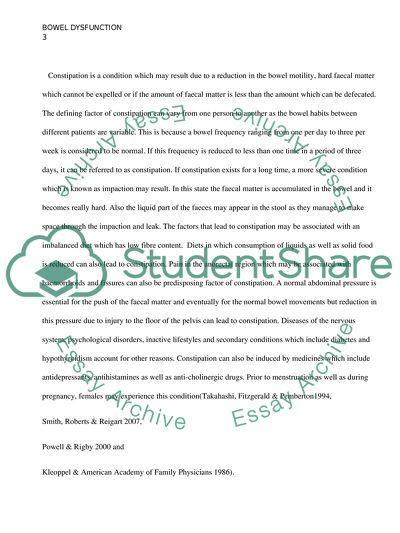Cite this document
(Bowel Dysfunction Essay Example | Topics and Well Written Essays - 2500 words, n.d.)
Bowel Dysfunction Essay Example | Topics and Well Written Essays - 2500 words. https://studentshare.org/health-sciences-medicine/1569350-evidence-review
Bowel Dysfunction Essay Example | Topics and Well Written Essays - 2500 words. https://studentshare.org/health-sciences-medicine/1569350-evidence-review
(Bowel Dysfunction Essay Example | Topics and Well Written Essays - 2500 Words)
Bowel Dysfunction Essay Example | Topics and Well Written Essays - 2500 Words. https://studentshare.org/health-sciences-medicine/1569350-evidence-review.
Bowel Dysfunction Essay Example | Topics and Well Written Essays - 2500 Words. https://studentshare.org/health-sciences-medicine/1569350-evidence-review.
“Bowel Dysfunction Essay Example | Topics and Well Written Essays - 2500 Words”. https://studentshare.org/health-sciences-medicine/1569350-evidence-review.


